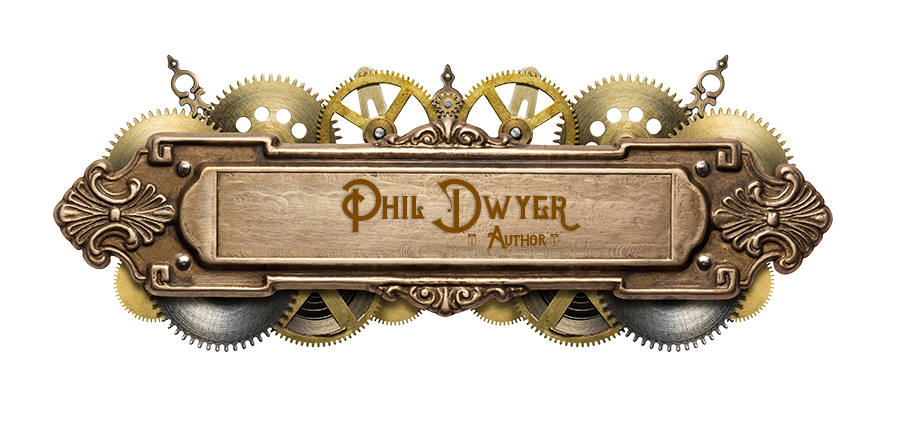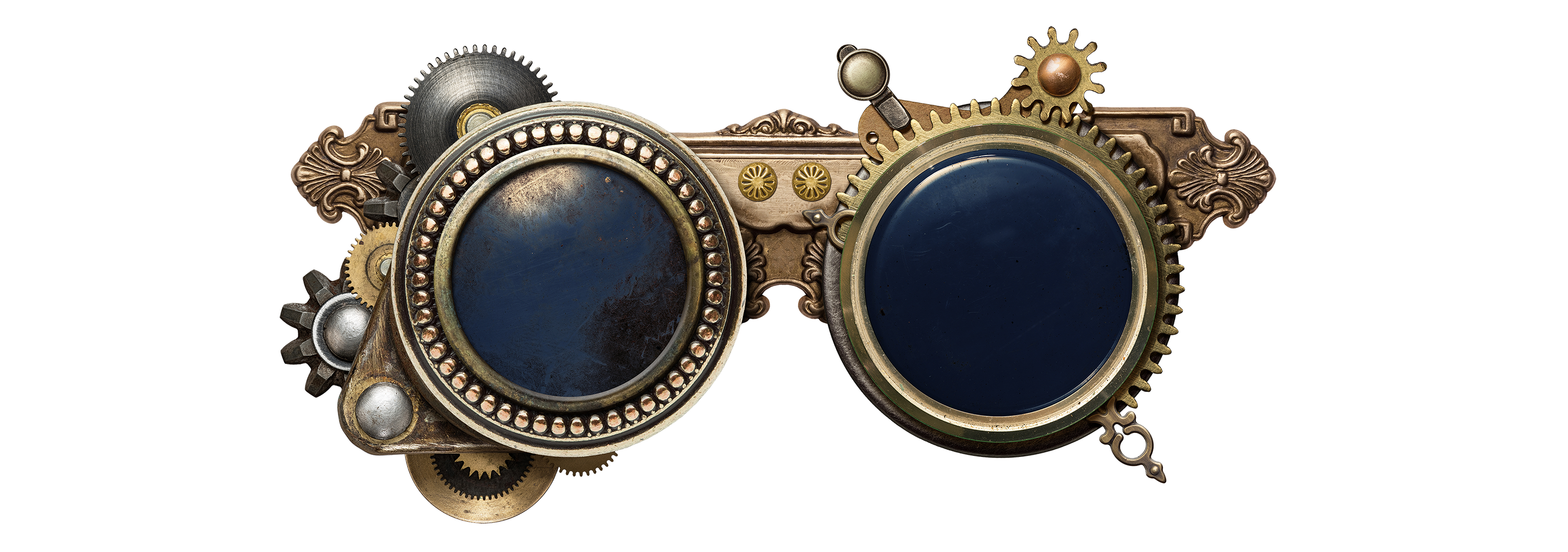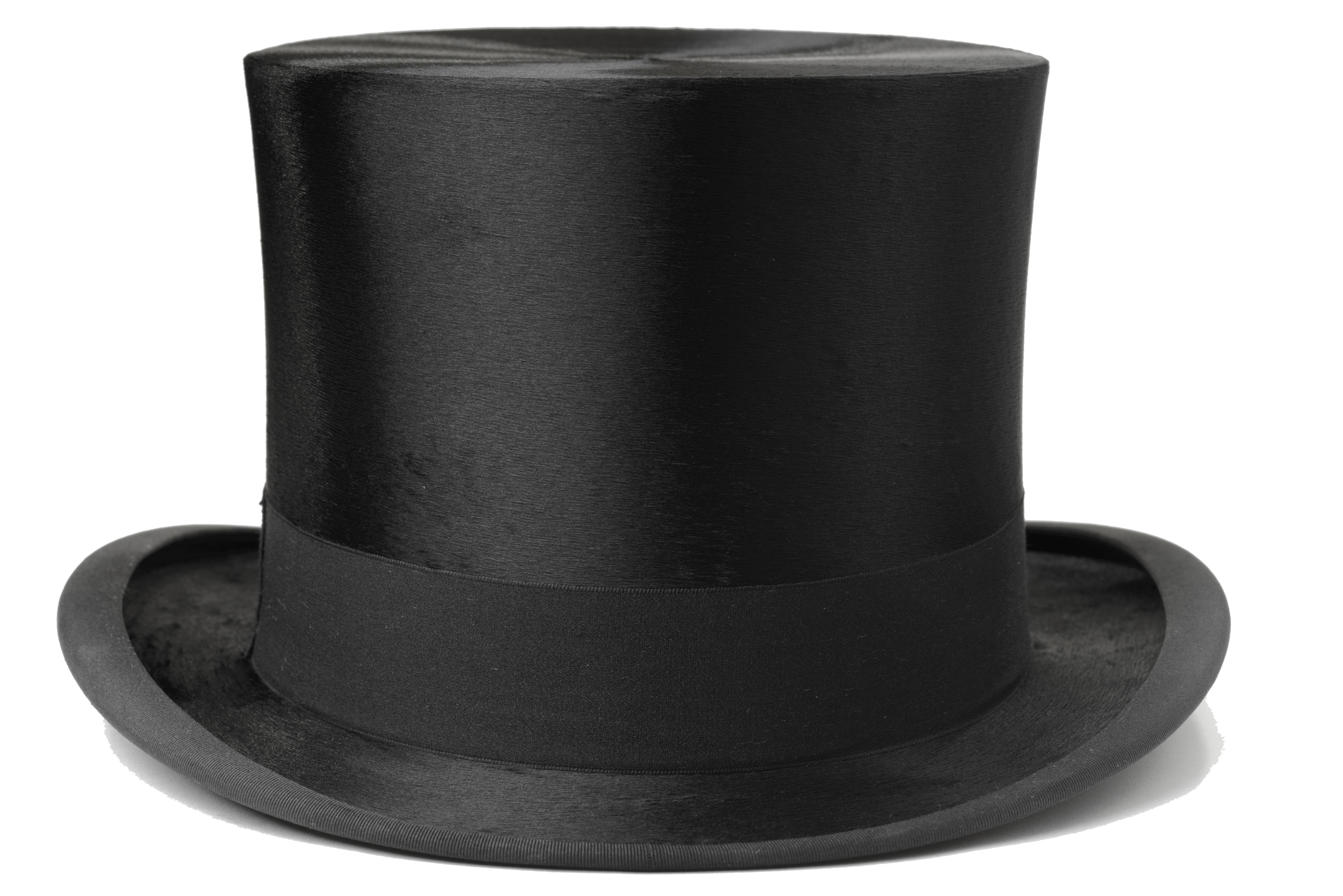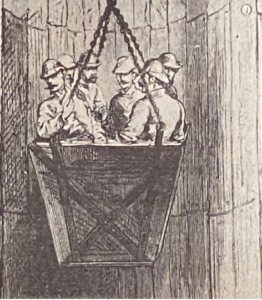Christabel Pankhurst—The Militant Who Led Women to The Vote


History has not been kind to Christabel Pankhurst. Male historians have, by and large, accepted her sister Sylvia’s account of events surrounding the Pankhursts, recorded in Sylvia’s 1931 book The Suffragette Movement. Consequently, Christabel’s work (and her significant influence) during a critical period for women’s suffrage has been downplayed, and in some instances completely misrepresented.
But it was Christabel who was responsible for a radical shift in tactics for the women’s suffrage movement. The passive, polite and decorous approach which had been tried (and which had failed) for over four decades was abandoned for a much more militant stance, due in no small part to Christabel.
It was Christabel, Emmeline Pankhurst’s eldest daughter, who drove the militant strategy of the Suffragettes during the crucial period of imprisonments, hunger strikes, attacks on property, and marches on Parliament which characterized the decade between the founding of the Women’s Social and Political Union (WSPU) and the outbreak of the First World War. She was her mother’s right-hand woman. A powerful and charismatic speaker, she commanded huge crowds in the heyday of the Suffragette movement. She was sharp, having trained as a lawyer (she was one of only two in her class who graduated with first class honours. She was, of course, the only woman in her class. She never practiced law however, as custom (and not the law) dictated that women were not admitted to the Bar at that time.
Christabel and Emmeline fell out with Sylvia over her political alliances (and to some extent because Christabel was more pragmatic). Sylvia was committed to socialism, and to the Labour Party. Christabel took the view that politics should be set aside in the greater quest for female suffrage. She was astute enough to realize that the Labour Party was unlikely to support women’s suffrage, because the first women who would get the vote would be women over thirty years-of-age with their own property; a demographic which would be unlikely to vote for the Labour Party.

Christabel’s proper place in history has, to some extent, been restored by the recent biography by Professor June Purvis: Christabel Pankhurst — A Biography.
It is inconceivable to me that a young woman like Bethany Brainsly-Whatton-Whiffle, full of life and curiosity, would not have crossed paths with Christabel Pankhurst, living as she did a mere twenty miles from the Pankhurst family home in Manchester. It is equally inconceivable that the charismatic Christabel would not have charmed Bea, and made her a disciple.
X.T. Pfuffenstoffel
Sources:
Christabel Pankhurst, A Biography: June Purvis (Routledge, 2018)
The Militant Suffragettes: Antonia Raeburn (Michael Joseph, 1973)
My Own Story: Emmeline Pankhurst (Vintage Classics, 2018)
The Women’s Suffrage Movement, A reference guide 1866-1928: Elizabeth Crawford (UCL Press, 2000)







